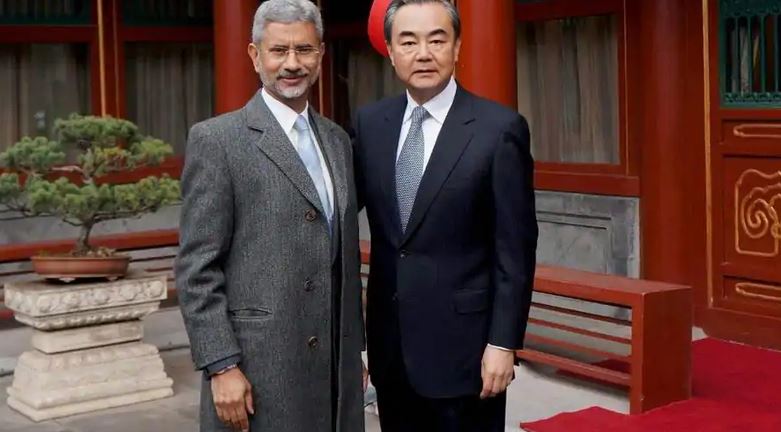
Ladakh crisis: Jaishankar, Wang work out 5-point plan at Moscow meet

Abiding by all existing agreements and protocol on management of the border, maintaining peace and tranquillity, and avoiding escalation of matters are among the five-point plan that the foreign ministers of India and China arrived at to resolve the border standoff between both the countries in eastern Ladakh, during a meeting in Moscow on Thursday (September 10).
The meeting between Union Minister of External Affairs S Jaishankar and his Chinese counterpart Wang Yi was arranged on the sidelines of a Shanghai Cooperation Organisation (SCO) meet.
“The two foreign ministers agreed that the current situation in the border areas is not in the interest of either side. They agreed, therefore, that the border troops of both sides should continue their dialogue, quickly disengage, maintain proper distance and ease tensions,” a joint statement issued by the leaders said.
According to the statement, Jaishankar and Wang agreed that both sides should take guidance from the series of consensus reached between leaders of the two countries on developing India-China relations, including not allowing differences to become disputes. This assessment was a clear reference to decisions taken by Prime Minister Narendra Modi and Chinese President Xi Jinping at their two informal summits in 2018 and 2019.
“The two ministers agreed that both sides shall abide by all the existing agreements and protocol on China-India boundary affairs, maintain peace and tranquility in the border areas and avoid any action that could escalate matters,” the joint statement said.
Related news: If Russia plays a role, peace between India, China can be salvaged
The two sides reportedly also agreed to continue to have dialogue and communication through the Special Representative(SR) mechanism on the India-China boundary question. “They also agreed in this context that the Working Mechanism for Consultation and Coordination on India-China border affairs (WMCC) should also continue at its meetings,” it added.
According to PTI, during the two-and-a-half hour-long meeting, Jaishankar, made it a point to raise the heavy deployment of troops by China along the LAC in eastern Ladakh, which in turn violated the bilateral pacts of 1993 and 1996 on border affairs.
China has deployed a large number of troops and weapons along the LAC in the last few weeks after the border standoff erupted in early May.
The Indian delegation also conveyed to the Chinese side that the provocative behavior of the PLA at friction points on the LAC showed its disregard for bilateral agreements and protocols. “The Indian side clearly conveyed that it expected full adherence to all agreements on management of border areas and would not countenance any attempt to change the status quo unilaterally. It was also emphasized that the Indian troops had scrupulously followed all agreements and protocols pertaining to the management of the border areas,” PTI quoted a source as saying.
Jaishankar told Wang that maintenance of peace and tranquility on the border areas was essential to the forward development of ties, the government sources said. The external affairs minister also conveyed to his Chinese counterpart that the recent incidents in eastern Ladakh inevitably impacted the development of the bilateral relationship. Therefore, he told Wang that an urgent resolution of the current situation was in the interest of both thenations, the sources said.
The military of both the countries have been locked in a tense standoff at friction points along the LAC since May this year. The situation worsened on June 15, when 20 Indian soldiers died in a skirmish with the Chinese in Galwan Valley.
(With inputs from agencies)


